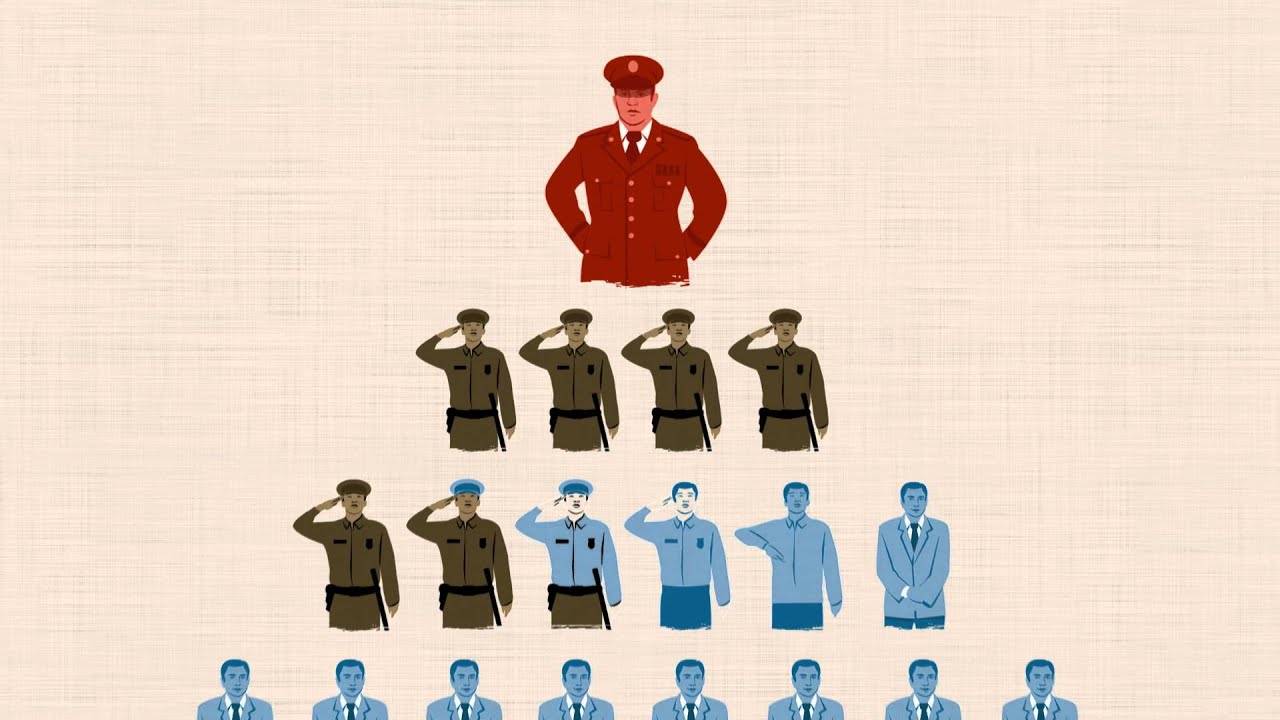The dynamics of authority and obedience in male-dominated spaces are constantly shaped by individual status, ambition and competition and manifested through established hierarchies, power dynamics, and social norms and relationships.
From an early age, men are often conditioned to respect hierarchies in schools, sports and boy-scout, by ingraining concept of discipline, strength and loyalty and its perceived necessity for collective goals. This conditioning continues into adulthood in all professionals and not just military. Hierarchies provide a clear structure to keep machine running, and by aligning with group norms and respecting the authority figures men reinforce their membership (positive social identity) in the group. There’s often a belief that maintaining order and discipline through authority is key to achieving objectives and maintaining order and control.
Interestingly obedience is seen as a temporary tool for climbing the ladder, but once a certain level of success or status is achieved, questioning authority becomes more acceptable and sometimes even seen as a sign of dominance or leadership potential. Projecting traditional masculinity through confidence and control is tightrope walk. Following authority too submissively can be seen as a sign of weakness, leading men to carefully balance loyalty (obedience) with autonomy. The psychological interplay of dominance and submission within these hierarchies ensures that authority is constantly tested and reaffirmed through both compliance and rebellion.
Here are a few scenarios observed;-
Consider the dynamics of a cricket team: the head coach, captain and senior players exert authority, while junior players must prove their commitment to team cohesion by following the system. Failure to do so can result in exclusion from the team or a benching during games. Star players, often for their exceptional skill or status, may challenge authority’s decisions they deem unfair.
In high pressure sales teams, leaders and managers provide direction and targets, but the individualistic, competitive mindset can challenge the notion of obedience. Men often find themselves in a bind: follow the strategies laid out by management, or take an independent, sometimes risky, approach to outperform their peers. This is a space where success often justifies disobedience; authority and obedience are in constant negotiation, with success acting as a currency that can sometimes outweigh formal structures of authority.
In political parties, authority tends to manifest through a hierarchy that can be rigid, with top leadership figures like party leaders or senior politicians holding significant sway over decisions and strategy. When an ambitious politician seeks higher office, they may face a dilemma: obey the current leadership and wait for their turn, or break rank and challenge for power. This is further complicated by the constant pressure to project strength and decisiveness.
Industry bodies are often governed by senior figures, such as board members or industry leaders, who set the agenda and establish regulations and guidelines. Younger professionals or emerging leaders sometimes push back positioning themselves as mavericks capable of disrupting the status quo to innovate or transform the industry
Men’s obedience is often driven by the need for social acceptance, the desire to maintain or elevate status, and the influence of peer pressure. However, obedience is not absolute and this strategic calculation has helped men navigate power structures from the locker room to the boardroom.
About the Author


